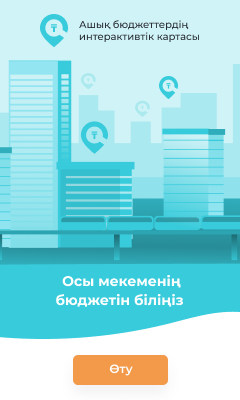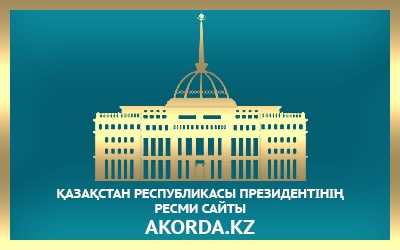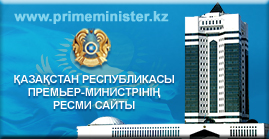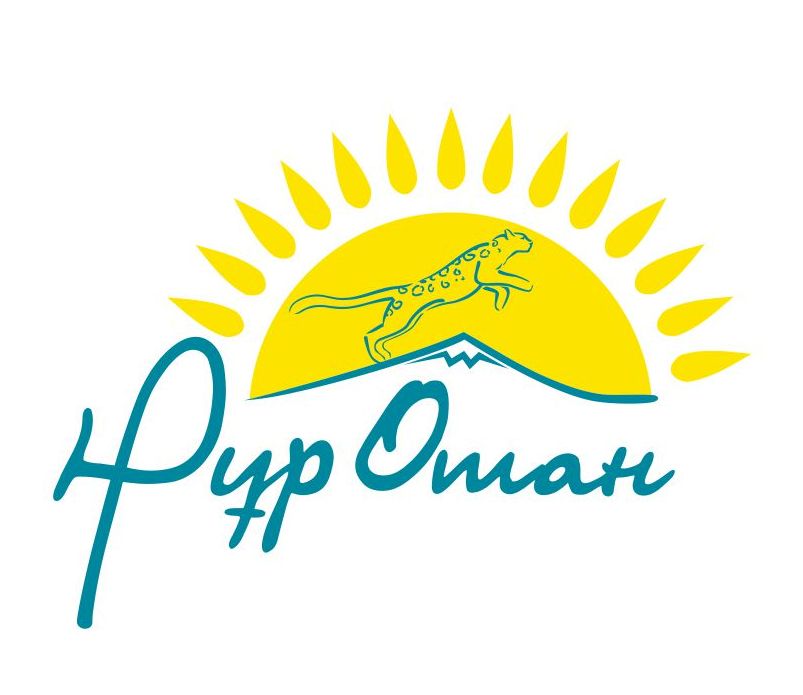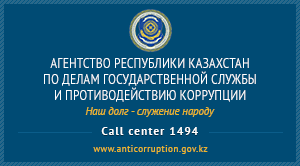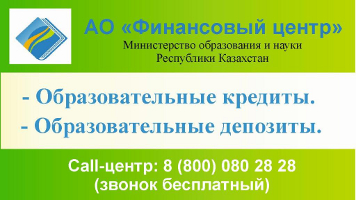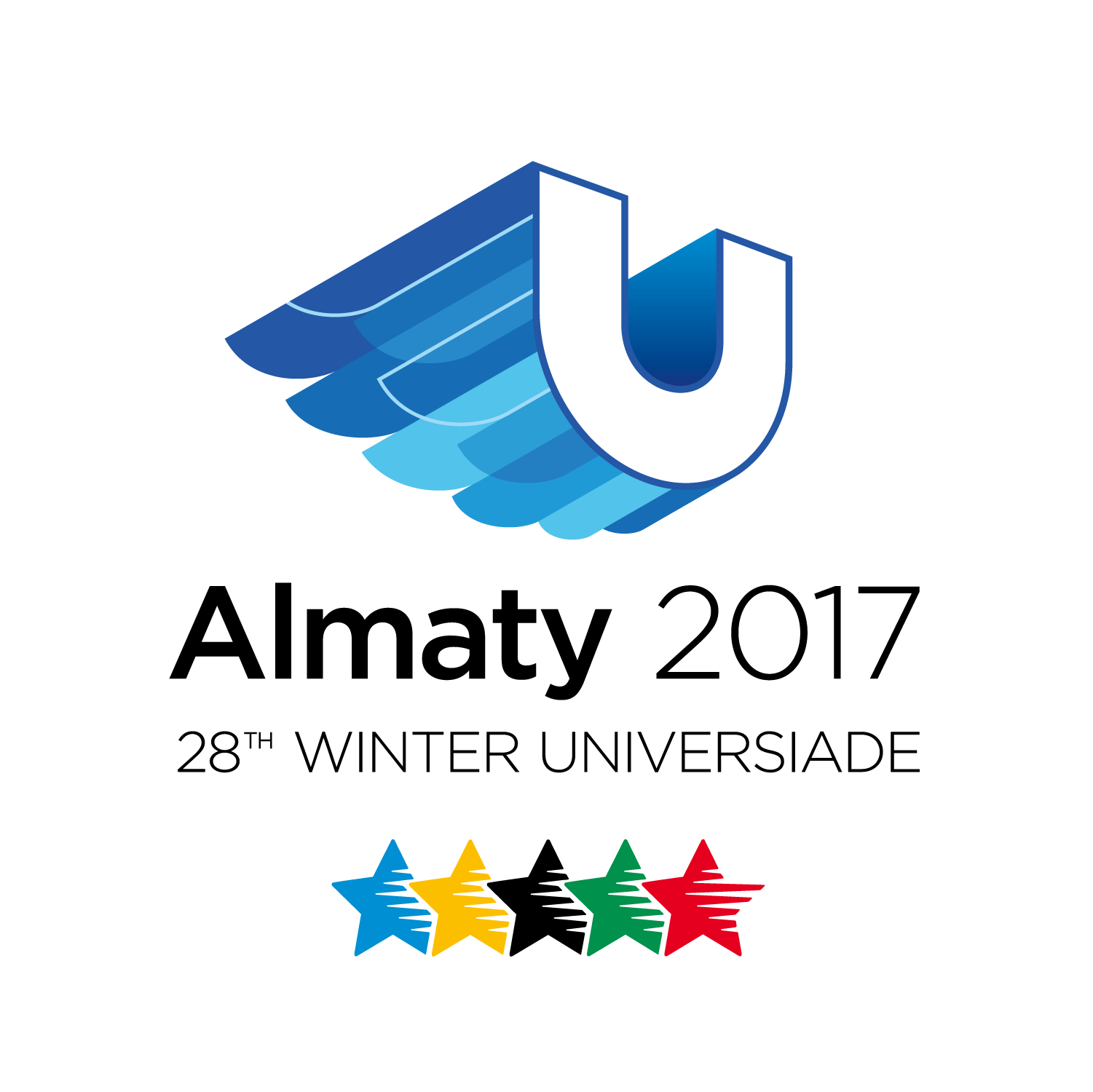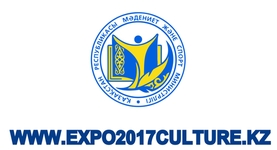
“Sightseeing in London”
 06.02.2019
06.02.2019
Сабақ тақырыбы: “Sightseeing in London”
Мақсаты: “Лондон және оның көрікті жерлері” тақырыбы бойынша лексикалық
және елтану материалын қайталау.
Міндеттері:
1.Білімділік: оқу, тыңдау және монологтық сөйлеу ,білік дағдыларын
қалыптастыру; тақырып бойынша лексиканы қайталау.
2.Дамытушылық: оқушылардың ойлау, салыстыру қабілеттерін дамыту, олардың зейінін жаттықтыру.
3.Тәрбиелік: өздері тілін оқып жатқан мемлекеттің мәдениетіне, салт-дәстүріне және көркем орындарына қызығушылығын ояту.
Көрнекілік: Компьютер, проектор, Лондонның көркем орындарының слайдтары, Лондон картасы, диаграмма «London», таблица “Dream vocation”
The Procedure of the lesson
I.Organization moment.
Good morning dear students. We’ve got an unusual lesson today—a tour around London. We are going to speak about London and its most famous sights. Our lesson is divided into several parts. We shall speak about our dream vocation, about advantages and disadvantages of travelling, about London, its history and sights. So let’ begin our lesson.
II.Checking up the home task:
Teacher:-What was your home task?
-Ex.2 on page 56
So, let’s begin our lesson.
III. Brainstorming.
First of all, let’s speak about your dream vocation. Where do you want to go? What do you want to see? And with whom do you want to go? Use the table.
|
Countries |
What/ to see |
With whom/ to go |
|
Spain |
bullfights |
my sister |
|
the USA |
Grand Canyon |
my parents |
|
Canada |
Niagara Falls |
my friend |
|
Holland |
tulips |
my brother |
|
Brazil |
festivals |
my uncle |
I will go to ___________ to see ___________. I will take my _________ with me.
IV.Travelling: Pros and Cons.
Teacher: Well done. The next part of our lesson is called “Travelling: pros and cons.”
Every year a lot of people from different countries all over the world travel abroad for their holidays. What do you think about tourism. Share your opinions about travelling.
St 1: I think it is wonderful to discover new places. Travelling is a part of people’s education. You meet new culture, new traditions, new people. To go abroad you must know foreign languages.
St 2: Sometimes your holiday won’t be as you expected. You can’t speak your own language. You must change your customs.
St 3: Frankly speaking tourism is a basis of the biggest business. Tourists spend a lot of money. You don’t have to go to work or to school. Because you are on holiday! And you are happy!
St 4: Unfortunately, the real life differs from your dreams. You must stay in a long queues. You can lost you luggage. And if you don’t buy tickets beforehand you may stay at the stations or airports for a long time.
St 5: Going abroad you can choose different cuisine. You can try different food: Italian or Chinese, French or Brazilian.
St 6: To my mind the best place is your home. It is comfortable. Your friends and your family are near you. You can watch your favourite videos. You can choose your favourite food. You can speak your own language. Home is a fantastic place.
Teacher: I quite agree with you. “East or West, home is best” say the Englishmen. And today we, sitting at home, in Kazakhstan, can make a sightseeing tour to the United Kingdom. We shall speak about the capital of the United Kingdom of Great Britain and Northern Ireland. It is London.
V. Lexics. Listen and repeat.
The Tower of London – Лондон мұнарасы
Big Ben – Биг Бен
Trafalgar Square – Трафалгар алаңы
Buckingham Palace – Букенгем сарайы
Tower Bridge – Мұнаралы көпір
St. Paul’s Cathedral – Әулие Павел Шіркеуі
VI. History of London
The next part of our lesson is devoted to the history of London. Look at the diagram and make up sentenced about History of London.
Romans
On the river Thames
Londinium
1749
London’s Bridge
Londinium
400 year,
50,000 people





 LONDON
LONDON
a new city
1830—1,500,000 people
a very important city
1066
William the Conqueror from Normandy
the king of England
1666 a Great Fire of London
Sir Christopher Wren
1. London’s history begins with the Romans. They built a town on the river Thames. The name of the town was Londinium.
2. By the year 400, there were 50 thousand people in Londinium. And it was rather big settlement.
3. Until 1749, there was only one bridge over the river: London’s Bridge. The bridge was small and with many houses and shops on it. You must pay money to cross the bridge.
4. In 1066 William the Conqueror went to England from Normandy in France. He became the king of England but he was afraid of the English. So he built the White Tower.
5. In 1666 there was the Great Fire of London It destroyed 80 per cent of the city. Nobody died in the Fire. Sir Christopher Wren helped to rebuilt the town.
6. After the Great Fire people built a new city. By 1830 there were more than one and a half million people in London. London became a very important city.
VII.Reading. Video about London.
London.
London is not only the capital and the largest city of the United Kingdom, it is also a huge port, one of the world’s greatest commercial centres, a science city, and the seat of the British Government. It’s population is about eight and a half million.
London is a multinational city, with a large immigrant population from Britain’s colonies especially from South Asia and West Indies.
London is a great educational and cultural centre. The most important parts of London are the City of London, the East End, the West End and Westminster.
The City is the oldest part of London and it’s the commercial centre of London, and London’s most important firms and banks have their officies there.
The City and the West End are the heart of the capital. Here the visitors will find all the most interesting buildings, theatres, movie houses, museums, picture galleries, shops, officies and galleries.
London has many great and wonderful sights, which attract the attention of thousands of people from every part of the world. There are many beautiful buildings in London and among them are the Houses of Parliament, the Bank of England, the British Museum. Museums and galleries are world known too, among them, the National Gallery, the Tate Gallery and the Victoria and Albert Museum.
Westminster is the next part of London. There one can see the Westminster Palace, the Westminster Abbey and the Clock tower with the Great bell—Big Ben.
Tasks: a)Fill in the blanks using the active vocabulary:
London is not only the capital and the largest city of the United Kingdom, it is also __________________________.
London is _____________ city, with a large ____________ population from Britain’s colonies especially from South Asia and West Indies.
The most important parts of London are _________ of London, _________, __________ and _______________.
The City is the oldest part of London and it’s the ___________ _________ and the London’s most important firms and banks have their offices there.
London has many great and ____________, which _________________ of thousands of people from every part of the world.
There are many beautiful buildings in London and among them are ______________________, _____________, ___________________.
b)Answer the questions.
Is London only the capital of the United Kingdom?
What is the population of London?
Why is London a multinational city?
What are the most important parts of London?
Where are the most important firms and banks situated?
Why are the City and West End called the heart of London?
What places of interest can you visit if you are in London?
VIII. Listening Comprehension.
A sightseeing tour around London.
Teacher: Well done. I see you understand the text very well. And you do the tasks excellently. Now we begin our sightseeing tour around London on the double-decker bus. You will be our tour guide in turn. Let’s begin our tour.
St 1: Ladies and gentlemen! I welcome you to London. Let me introduce myself. I’m your group leader. I’m glad to meet you on this double-decker bus.
We start from Trafalgar Square. It is the heart of tourists’ London. This is where public gathering and political demonstrations take place. The tall column in the centre of the square commemorates Admiral Nelson’s victory in the Battle of Trafalgar, where the British Navy defeated the Navy of Napoleon in 1805.
St 2: Now, we are coming to Piccadilly Circus. It’s a famous London landmark and meeting place. There is a bronze fountain in it’s centre with famous statue of Eros. The Greek God of Love. London’s best-known theatres and cinemas and most famous restaurants are on Piccadilly Circus. In the square you can see people of many nationalities and hear a lot of different languages. Look right! We are passing Hyde Park.
St 3: Hyde Park is the largest park in the West End of London. In the 19th century it became a popular place for public meetings. Since then “Speakers’ Corner” has been the place for public gathering of all kinds. The speakers who now come here to talk on many different themes are the most popular sight for tourists.
St 4: Now we are at Buckingham Palace. It is the London home of the Queen. It is a place where the Queen meets important visitors such as kings, queens or presidents from other countries.
Buckingham Palace is like a small village. There is a police station, a hospital, a bar, two sports clubs, a disco, a cinema, and a swimming pool. There are 600 rooms. About seven thousand people work there. More than 50,000 people visit the Palace every year.
St 5: On the left you can see a long grey building. Look at its towers. They are the Houses of Parliament. The large clock in one of the Towers is Big Ben. In fact, it is not the name of the clock on the Tower of Westminster, but it is the nickname of the bell inside. The Houses of Parliament is the place where members of Parliament gather to make laws.
St 6. On the other side you can see Westminster Abbey. It is one of the most famous and beautiful churches in London. The Abbey was founded in the 11th century. Westminster Abbey is a beautiful Gothic building. Henry III wanted a brighter and bigger building. Almost all the monarchs since William the Conqueror have been crowned there. It is the royal property. Many English kings and queens are buried there. Westminster Abbey is famous for the Poet’s Corner too.
St 7: Now we are crossing Tower Bridge. From here you can see the Tower of London. It is one thousand years old. It stands today almost unchanged since it was built in the 11th century. It was a fortress, a royal palace and later a prison. It is a museum now. The black ravens live in the gardens. A man looks after the ravens and give them meat in the morning and in the evening. At ten o’clock every evening the guard lock the big doors for the night.
St 8: We’re making our way to the second famous church, St.Paul’s Cathedral. It is the greatest work of the architect Sir Christopher Wren. The Cathedral was began in 1675. It was opened in 1697 but was finished only in 1710, when Wren was almost 80 years old. There are memorials to many famous men of England in the Cathedral.
St 1: We’ll stop at Fleet Street. You can go shopping. Our tour has finished. I hope you have enjoyed this tour. Thank you. Good bye.
IX. Test about London
Teacher: Well, students we have learnt much about London. Now let’s have a test to check your knowledge. It is about London and it sights.
1. What is the official name of the country whose language you study?
a) Great Britain b) England
c) the United Kingdom of Great Britain and Northern Ireland
2. How many countries does the United Kingdom consist of?
a) Four b) three c) two
3. What is the capital of the UK?
a) Cardiff b) Dublin c) London
4. How many islands are there in the British Isles?
a) 7000 b) 5500 c) 6500
5. What is the most important airport in Great Britain?
a) Heathrow Airport b) Gatwick Airport c) Stansted Airport
6. What are the main islands in the British Isles?
a) Great Britain and Ireland b) Scotland and Wales c) Wales and Great Britain
7. What is the London residence of Queen Elizabeth II?
a) the Tower of London b) Windsor Castle c) Buckingham Palace
8. Where is Nelson’s Column situated?
a) in Parliament Square b) in Trafalgar Square c) in Piccadilly Circus
9. Earth Day is celebrated:
a) in winter b) in summer c) in spring
10. What parts is London traditionally divided into?
a) The City, The East end, The West end, The Westminster.
b) The Westminster and The City c) The East end and The West end
11. Which of these cities is not in Britain?
a) New York b) London c) Oxford
12. The Beatles came from:
a) Liverpool b) Manchester c) Birmingham
13. Which holiday is on the 25th of December?
a) Christmas Day b) Halloween c) Easter
X.Giving the homework : write a short story “My Visit to London”
XI.Giving marks
XII.Conclusion of the lesson.
Dear students! Thank you for your preparation and your activity at the lesson. I was greatly impressed with your answer. The lesson is over, you may be free.



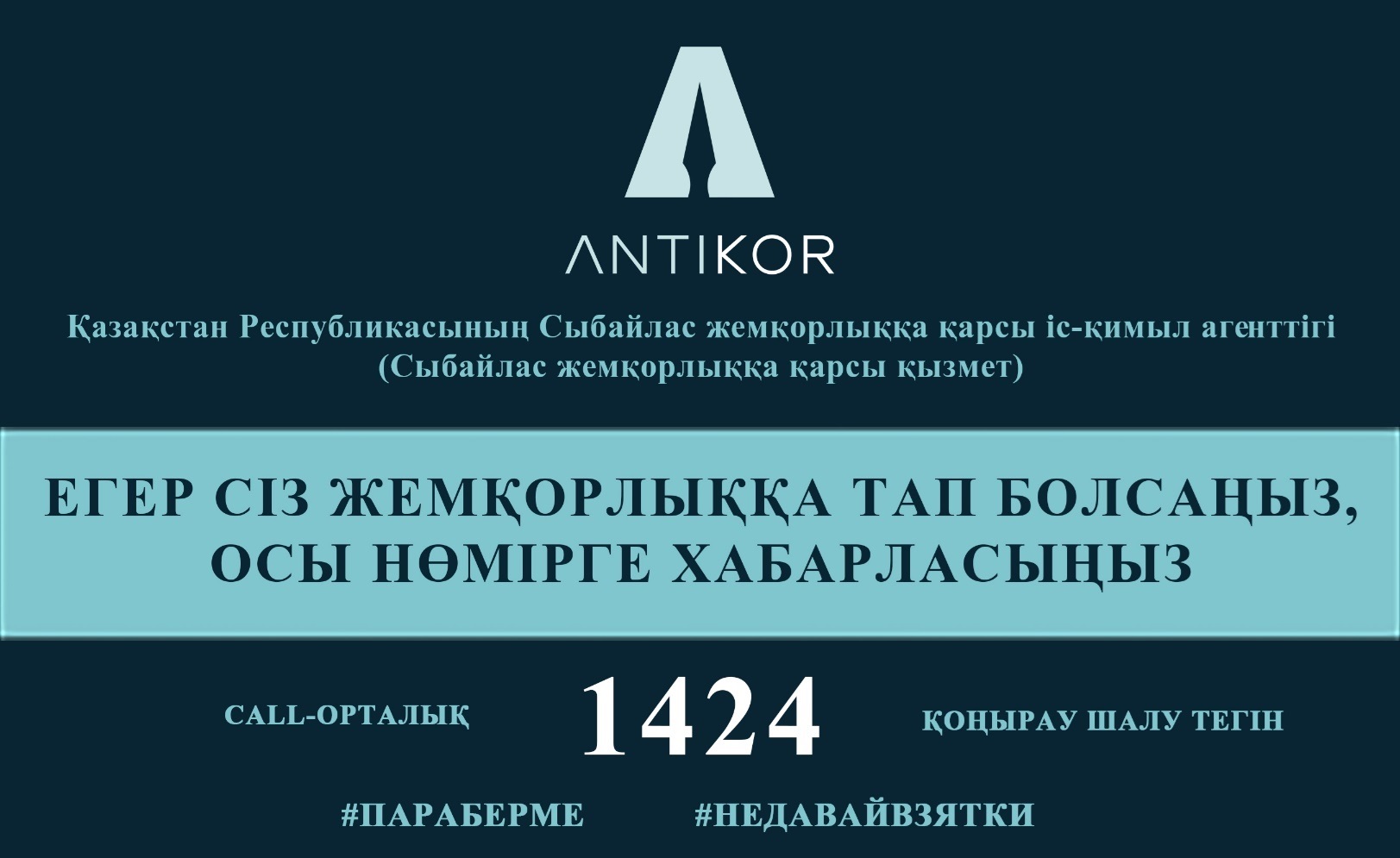
 Мектепке дейінгі балалар ұйымына жолдама қалай алуға болады
Мектепке дейінгі балалар ұйымына жолдама қалай алуға болады
 Мектепке тіркеу үшін құжаттарды қабылдау
Мектепке тіркеу үшін құжаттарды қабылдау
